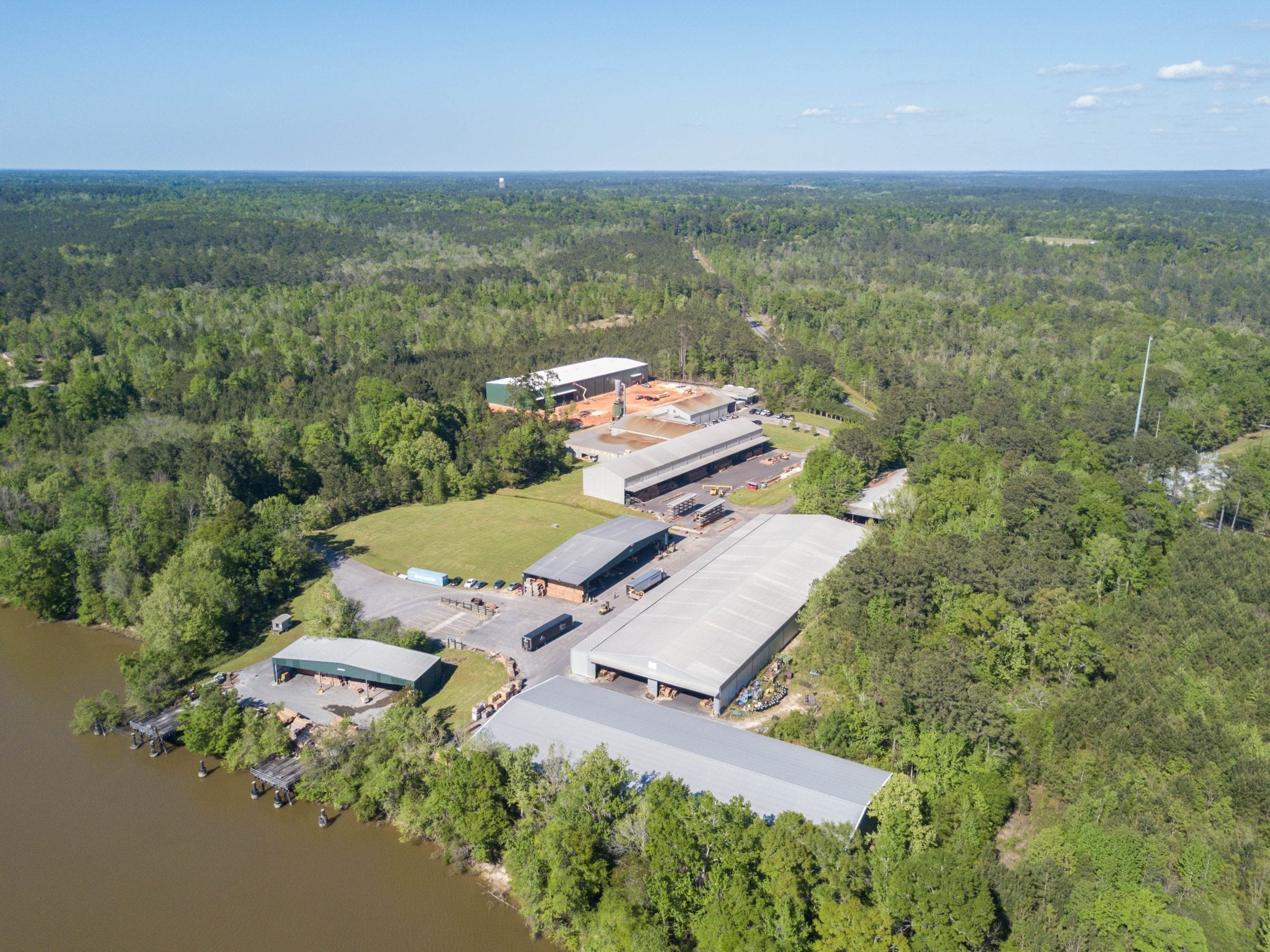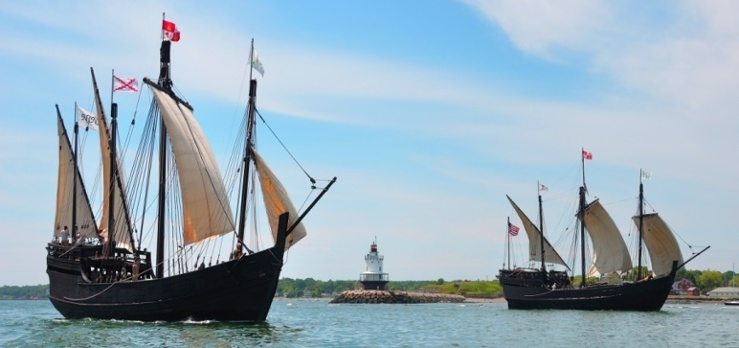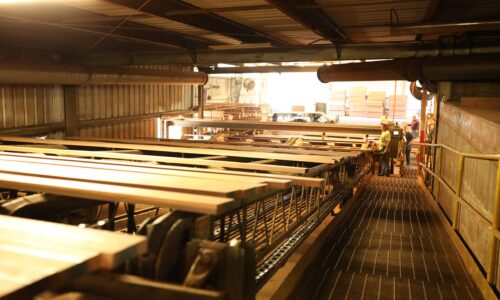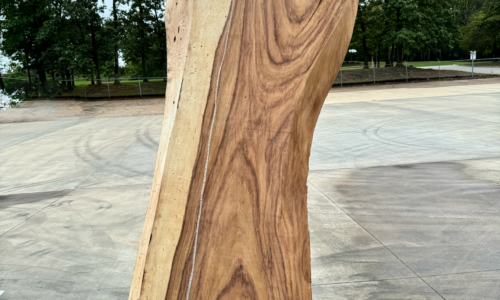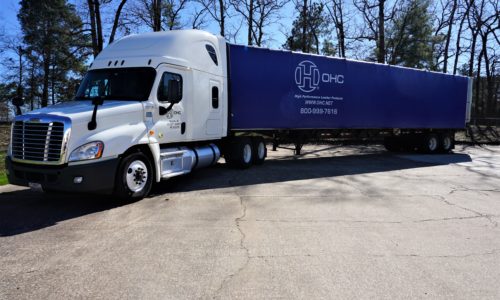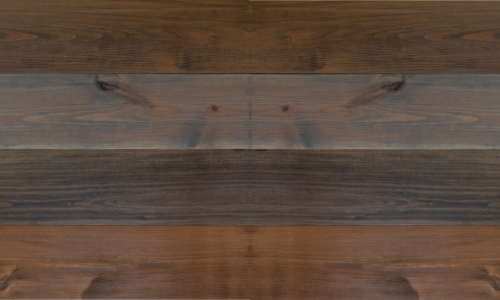Ask any American what he or she learned about Christopher Columbus’ arrival at the Americas and you’ll likely hear two things. First, in the year of 1492 Columbus sailed the ocean blue. Second, his three ships were the Niña, the Pinta and the Santa Maria.
The names of the ships evoke visions of billowing white sails, towering masts, and salty ocean spray. Textbook illustrators have offered drawings of these ships, but one ambitious and creative team decided to recreate the ships for a more immersive, living experience.
In 1986 the Columbus Foundation formed in the British Virgin Islands with the idea to recreate the vessels that arrived on American shores in 1492. The Niña was built in the fishing village of Valenca, Brazil, by expert shipbuilders using only hand tools such as axes, adzes, hand saws and chisels.
An American engineer and maritime historian joined local shipwrights known for using a traditional 15th-century shipbuilding technique likely used by the Spanish builders of the original ships. The Niña was launched in 1992 and is known to be the most authentic reproduction ever built.
In 2005 the foundation launched their second reproduction, the Pinta. The Pinta is a faithful reproduction of the original, except 15 feet longer and eight feet wider, to accommodate more visitors at one time.
There are currently no plans to build a reproduction Santa Maria as it had a larger draft, making it too large to navigate some of waterways in which the Niña and the Pinta sail.
These two ships currently operate as a touring maritime museum, sailing ten months of the year to different ports from Mobile Bay, AL to Clinton, IA and a multitude of other ports from the Gulf Coast to the East Coast to the Great Lakes and the Midwestern River System.
In 2010 the Niña suffered some damages caused by a cooking fire. Her captain, Morgan Sanger, heard from trusted sources that Overseas Hardwoods Company had Ipe lumber in all the sizes he needed, so he docked the Niña in Mobile Bay. Captain Sanger selected the best material for repairs including 6×6 timbers and a large quantity of 8/4 lumber.
Since 2010 the Niña and the Pinta have sailed to Mobile Bay every two years on their way north via the Midwestern River System. Their captains know that if their vessels require any further repairs, OHC will be able to provide them with the highest quality Ipe for every possible board length required.

